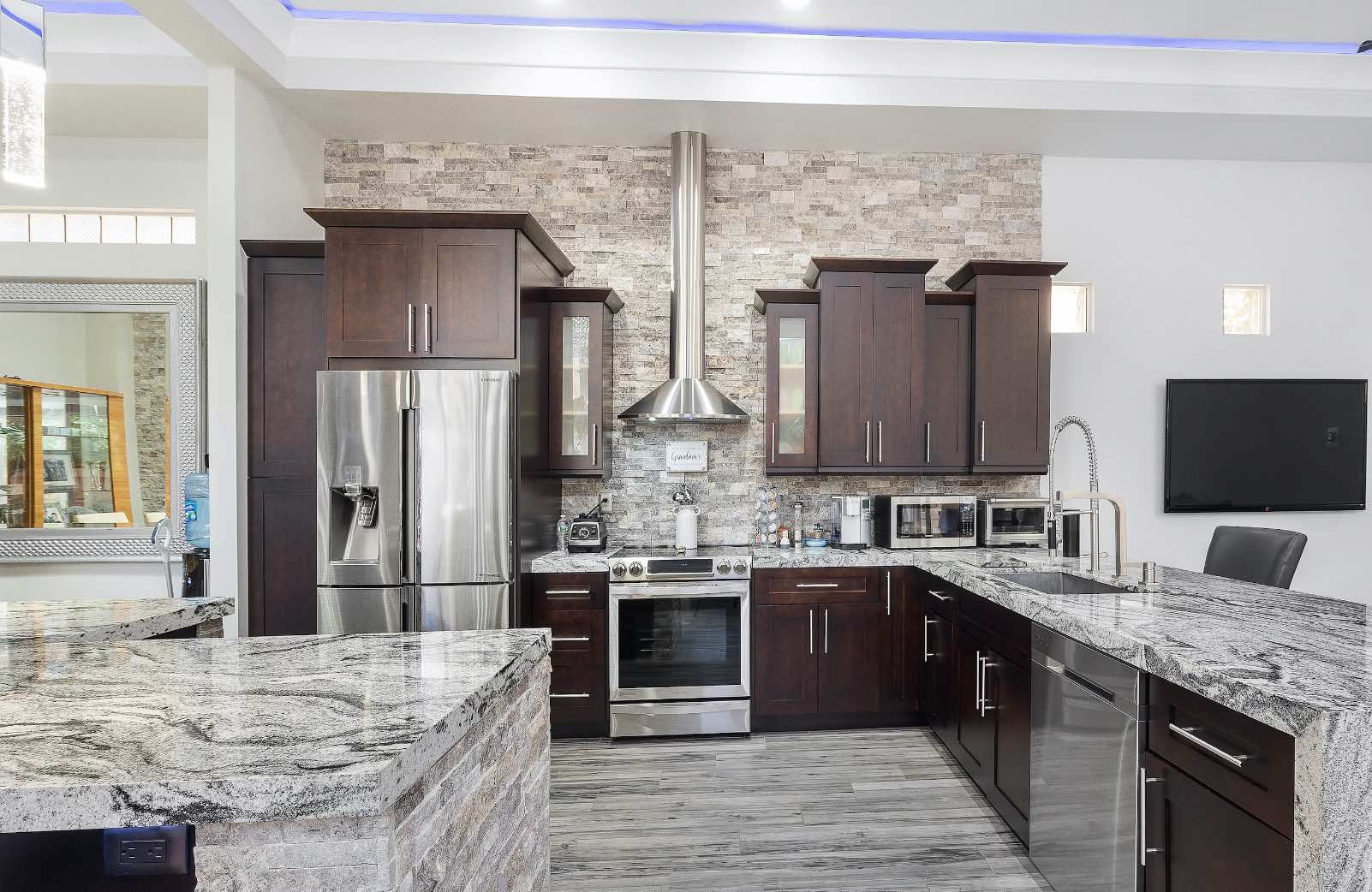
12 Oct The Hidden Peril of High Pressure: How Overenthusiastic Water Flow Can Impact Your Pipes
While a strong water flow during our morning showers or when rinsing dishes might seem like a blessing, it could be a silent assailant to your home’s plumbing system. Can an overzealous water pressure really be detrimental to our pipes? Let’s unravel this watery mystery.
Water Pressure: The Delicate Balance Water pressure is measured in pounds per square inch (PSI), and the golden range typically lies between 50 to 70 PSI for most residential homes. Venture beyond this, and you’re in potentially murky waters.
Consequences of Excessive Water Pressure:
- Accelerated Pipe Wear: High pressure results in a forceful water flow. Over time, this force can lead to accelerated wear and tear, especially at joints and bends.
- Faucet & Fixture Fatigue: Ever noticed a dripping faucet? High water pressure can erode the inner mechanisms of faucets and fixtures, causing them to leak or drip.
- Water Waste & Increased Bills: With forceful flow comes wastage. The undue pressure not only can harm the pipes but also lead to increased water bills due to the excess flow.
- Potential for Water Hammer: This is a phenomenon where abrupt water flow stoppage leads to a loud thudding noise. This “hammering” can cause pipe joints to weaken or even break.
- Appliance Strain: Household appliances, like dishwashers and washing machines, are designed for specific pressure ranges. Too much pressure can reduce their efficiency and lifespan.
Detecting & Mitigating the High-Pressure Dilemma:
- Pressure Gauge Testing: Invest in a water pressure gauge. Attach it to an outdoor faucet and turn the faucet on to get a reading. If it’s consistently above 70 PSI, consider it a red flag.
- Pressure Reducing Valves (PRVs): If high pressure is an issue, installing a PRV can be a game-changer. It automatically reduces the water pressure entering your home, ensuring it remains within a safe range.
- Regular Inspections: Annual plumbing check-ups can be instrumental in detecting issues early on. Proactive checks can help in identifying pressure problems before they escalate.
- Avoid DIYs for Pressure Issues: While the internet is flooded with DIY solutions, managing water pressure is a delicate affair and is best left to professionals.
Conclusion While the allure of powerful water pressure is undeniable, it’s essential to recognize the silent toll it might be taking on your home’s plumbing. By keeping a vigilant eye and ensuring a balanced PSI, you can ensure longevity for your pipes, fixtures, and appliances. Remember, in the world of plumbing, it’s not just about the flow but the force behind it.
